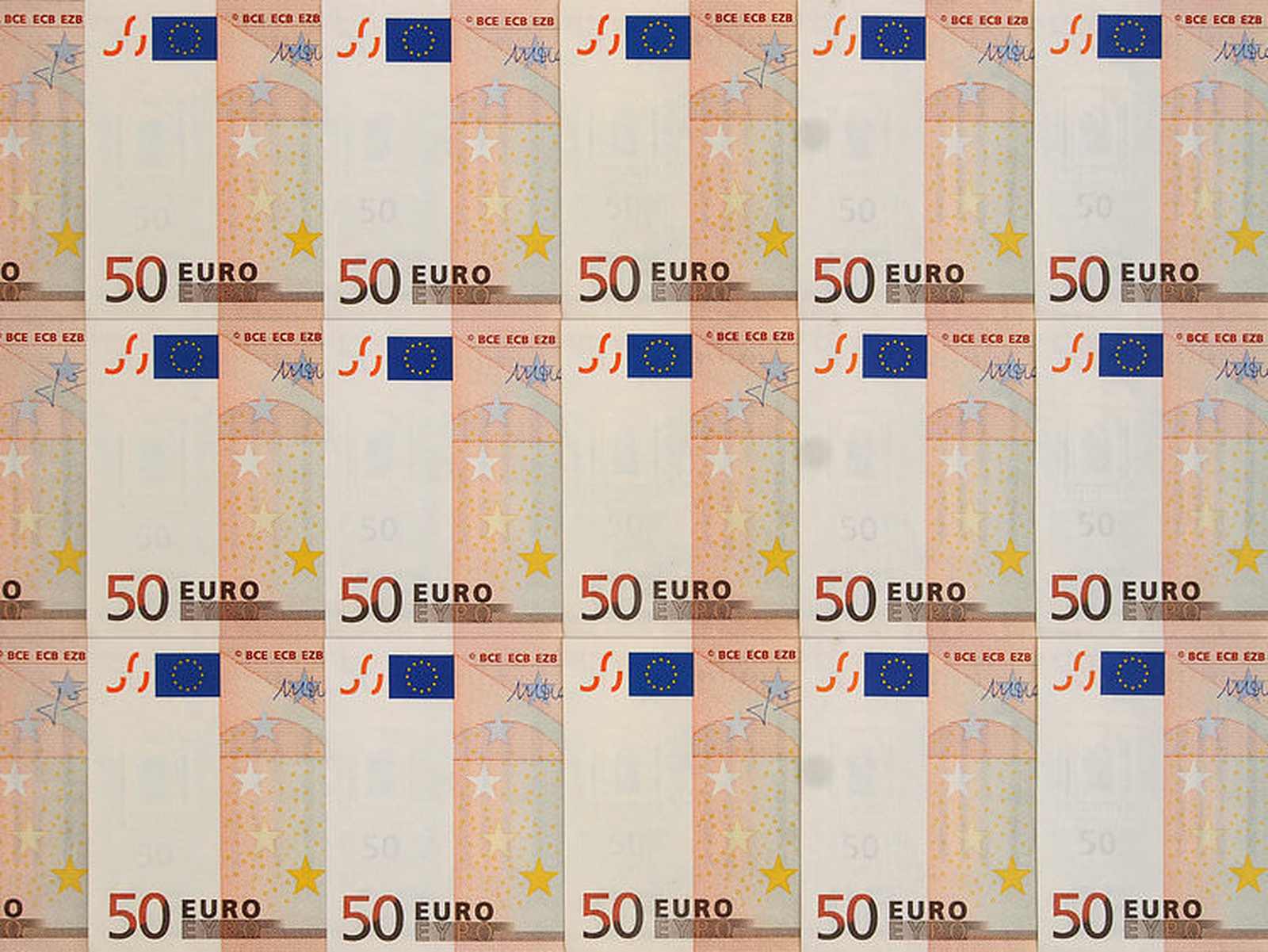Quantitative Easing
A technique to alleviate economic underperformance
What is Quantitative Easing?
Quantitative easing (QE) is a monetary policy of printing money, that is implemented by the Central Bank to energize the economy. The Central Bank creates money to buy government securities from the market in order to lower interest rates and increase the money supply. These economic conditions will then trigger financial institutions to promote increased lending and to make the money supply more liquid.

When is Quantitative Easing Used?
When a country’s economy is stagnant or not performing well, the Central Bank will evaluate the causes or factors that affect the status quo. It will then take measures to ease the issue. Usually, higher interest rates and inflation are the major factors that trigger an economic slump, especially when both are getting out of hand. Normally, Central Banks slash their overnight interest-rates to encourage banks to borrow money from them.
Lower interest rates reduce the banks’ funding costs and encourage them to borrow more money. This will, in effect, alleviate money supply issues and keep the economy from falling into recession. However, even if cutting the interest rates as far as possible, almost to zero, fails to show recovery, then the Central Bank may resort to the policy known as quantitative easing. To stimulate the economy, this policy is often considered the last technique and put into place when other standard policies of the Central Bank don’t work.
How does Quantitative Easing Work?
To carry out this unconventional monetary policy, the Central Bank will buy government securities from commercial banks and other private financial institutions. It will lower short-term interest rates and the prices of those financial assets will rise, boosting investments.
The money or proceeds from the sale, received by the banks, will be used to expand private lending activities. If lending increases, money circulating in the economy will likewise increase. Banks offer businesses cheaper loans to expand their operations. The same goes for shoppers or consumers, encouraging them to buy more things on credit.
Increasing the money supply through quantitative easing keeps the value of a country’s currency low and makes it attractive to foreign investors. Exports are also relatively cheaper. Furthermore, as the Central Bank buys government securities, such as Treasury bills, this increases the demand for T-bills and, therefore, keeps Treasury yields low.
Due to the fact that Treasuries are the basis for all other interest rates, they also make automobiles, furniture, and other consumer debt rates more affordable. Long-term, fixed-interest mortgage rates will remain low, which is crucial in supporting the housing market.
What are the Downsides of Quantitative Easing?
There are some negative effects of quantitative easing that will typically only be felt in the future.
- The increase in the money supply too quickly will cause inflation. The flood of cash in the market may encourage reckless financial behavior and increase prices. This occurs when an increase in the money supply does not correlate with the volume of goods available for sale.
- Banks may not opt to lend money to borrowers. Instead, they may choose to invest in emerging markets, commodity-based economies, and non-local opportunities, thereby creating a capital flight, which obviously does not stimulate the local economy.
- Depreciation of the local currency is not beneficial for the import industry. It will create higher costs, both for business importers and local consumers, as they will need to pay more local currency in exchange for the seller’s foreign currency that is being used.
- Quantitative easing inordinately benefits those in the higher spectrum of society, thus increasing wealth or income inequality.
More About Quantitative Easing
If you want to learn more about quantitative easing, there are lots of resources out there to continue learning. The best place to start is by reading directly from the source – on the website for the Federal Reserve’s monetary policy. The Fed publishes a great deal of information on their monetary policies right on their website.
More Resources from CFI
CFI is the official provider of the global Capital Markets & Securities Analyst (CMSA®) certification program, designed to help anyone become a world-class financial analyst. To continue learning and advance your career, see the following free CFI resources: